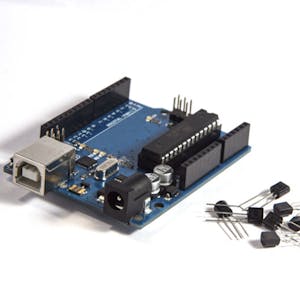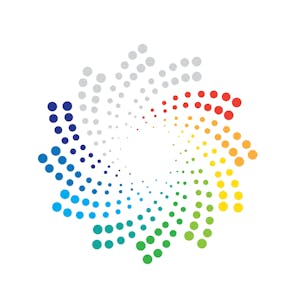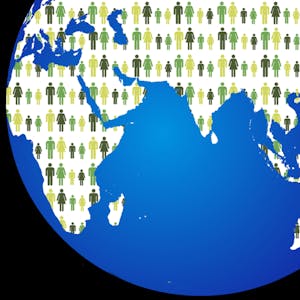Interfacing with the Arduino
About this Course
Arduino senses the environment by receiving inputs from add-on devices such as sensors, and can control the world around it by adjusting lights, motors, and other actuators. In this class you will learn how and when to use the different types of sensors and how to connect them to the Arduino. Since the external world uses continuous or analog signals and the hardware is digital you will learn how these signals are converted back-and-forth and how this must be considered as you program your device. You\'ll also learn about the use of Arduino-specific shields and the shields software libraries to interface with the real world. Please note that this course does not include discussion forums.Created by: University of California, Irvine

Related Online Courses
This is a self-paced lab that takes place in the Google Cloud console.In this lab, you learn about the different options for sharing Looks in Looker.Created by: Google Cloud more
This course will teach you how machines can be trained to understand and process human language using various NLP algorithms. You\'ll explore lexical processing, basic syntactic processing, and... more
\"Machine Learning for Marketers\" is an advanced course tailored for professionals looking to integrate machine learning into their marketing strategies. This course uniquely focuses on both... more
This specialization is intended for people working or aspiring to work in global health programming. You will learn the foundational building blocks of effective program planning, implementation,... more
This is a self-paced lab that takes place in the Google Cloud console. In this hands-on lab you create a Gmail Add-on that allows you to quickly change the labels of an email thread.Created by:... more








